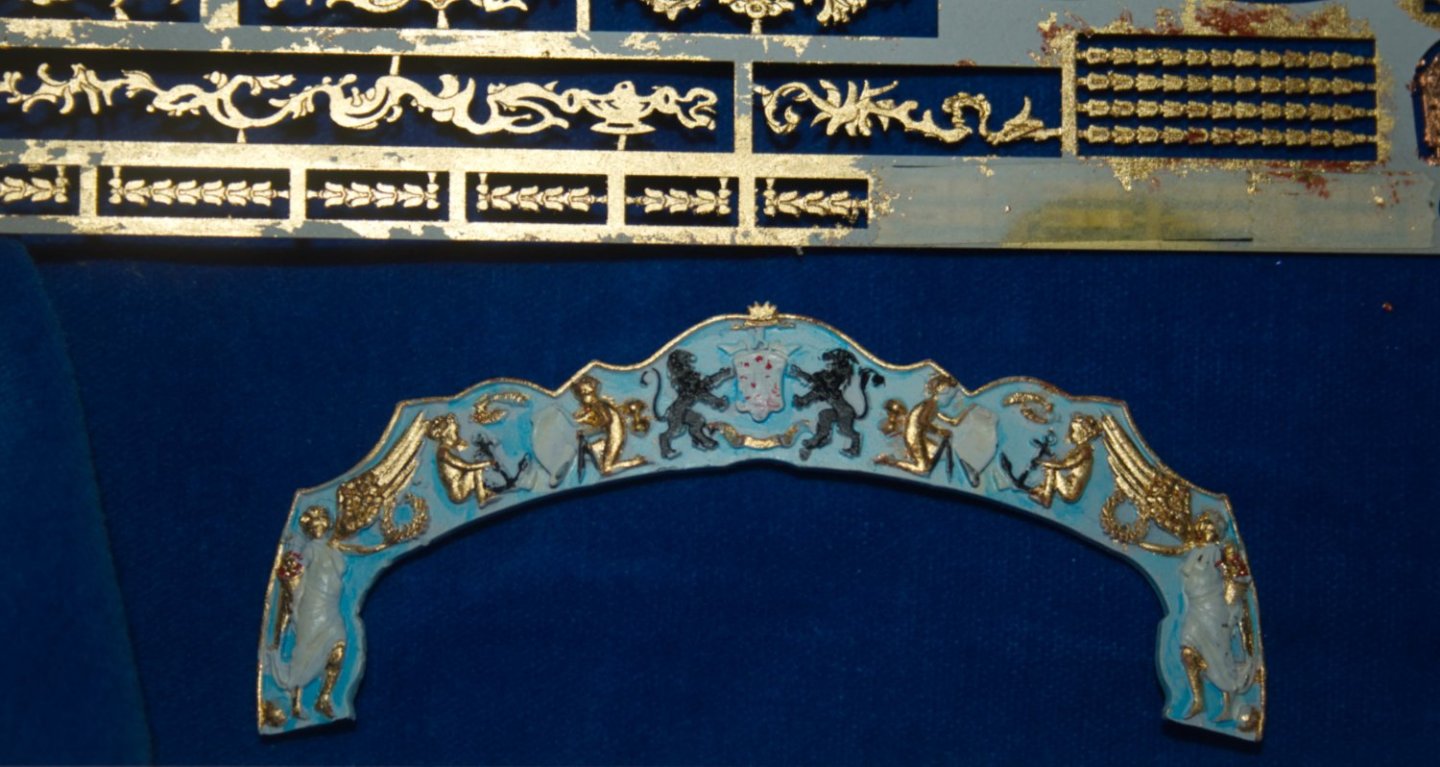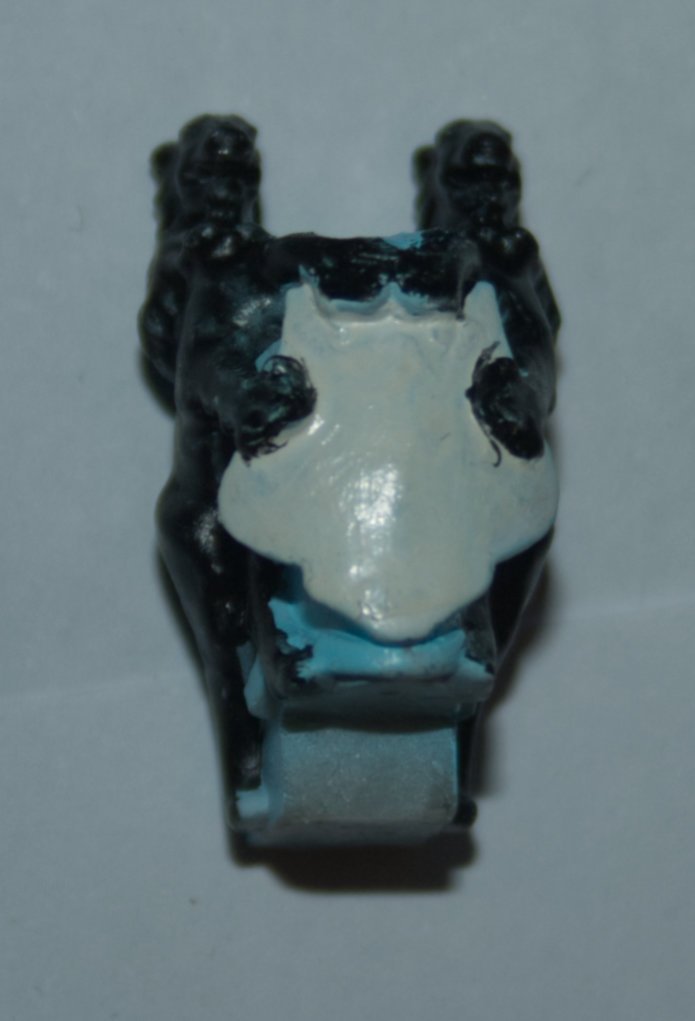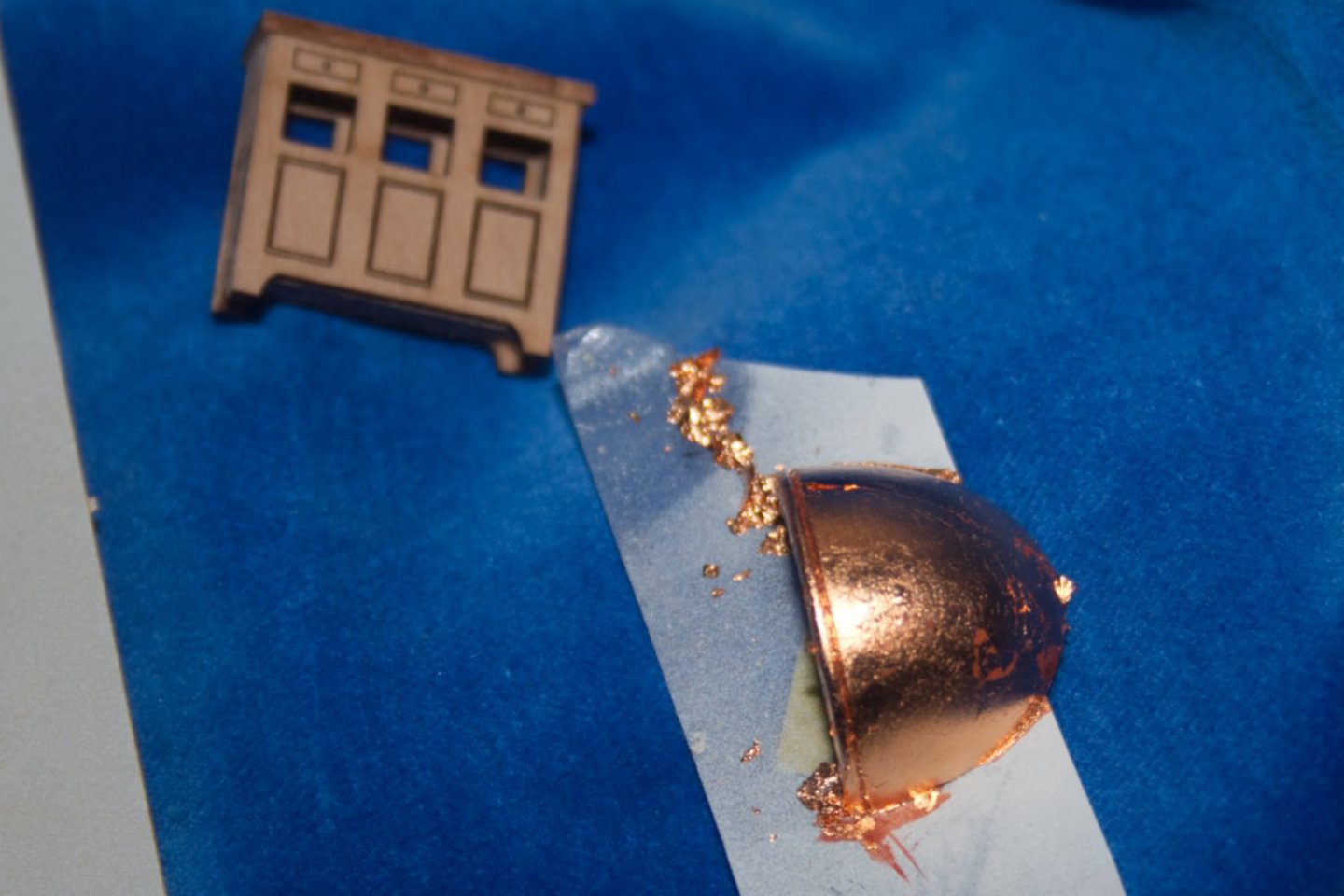
Pitan
NRG Member-
Posts
170 -
Joined
-
Last visited
About Pitan
Profile Information
-
Location
Thames Valley, UK
Recent Profile Visitors
The recent visitors block is disabled and is not being shown to other users.
-
 Pitan reacted to a post in a topic:
Syren Ship Model Company News, Updates and Info.....(part 2)
Pitan reacted to a post in a topic:
Syren Ship Model Company News, Updates and Info.....(part 2)
-
 Pitan reacted to a post in a topic:
Syren Ship Model Company News, Updates and Info.....(part 2)
Pitan reacted to a post in a topic:
Syren Ship Model Company News, Updates and Info.....(part 2)
-
 Pitan reacted to a post in a topic:
Syren Ship Model Company News, Updates and Info.....(part 2)
Pitan reacted to a post in a topic:
Syren Ship Model Company News, Updates and Info.....(part 2)
-
 Nightdive reacted to a post in a topic:
HM Armed Cutter Sherbourne by Pitan - Vanguard Models - 1:64
Nightdive reacted to a post in a topic:
HM Armed Cutter Sherbourne by Pitan - Vanguard Models - 1:64
-
 Pitan reacted to a post in a topic:
Fregat and Snau: Small Cruisers in the Danish Navy 1650-1750
Pitan reacted to a post in a topic:
Fregat and Snau: Small Cruisers in the Danish Navy 1650-1750
-
 Pitan reacted to a post in a topic:
Chris Watton and Vanguard Models news and updates Volume 2
Pitan reacted to a post in a topic:
Chris Watton and Vanguard Models news and updates Volume 2
-
 Pitan reacted to a post in a topic:
Chris Watton and Vanguard Models news and updates Volume 2
Pitan reacted to a post in a topic:
Chris Watton and Vanguard Models news and updates Volume 2
-
 Pitan reacted to a post in a topic:
HMS Portland 1770 by westwood - Portland Scale Ship Co. - 1:48 - 50 gun 4th rate
Pitan reacted to a post in a topic:
HMS Portland 1770 by westwood - Portland Scale Ship Co. - 1:48 - 50 gun 4th rate
-
 Pitan reacted to a post in a topic:
HMS Beagle by Maid of the Mist - OcCre - 1:60
Pitan reacted to a post in a topic:
HMS Beagle by Maid of the Mist - OcCre - 1:60
-
 Pitan reacted to a post in a topic:
HM Armed Cutter Sherbourne 1763 by Nightdive - Vanguard Models - 1:64 - First Build
Pitan reacted to a post in a topic:
HM Armed Cutter Sherbourne 1763 by Nightdive - Vanguard Models - 1:64 - First Build
-
 Pitan reacted to a post in a topic:
HMS Sphinx 1775 by Ronald-V - Vanguard Models - 1:64
Pitan reacted to a post in a topic:
HMS Sphinx 1775 by Ronald-V - Vanguard Models - 1:64
-
 François de Saint Nazaire reacted to a post in a topic:
Chris Watton and Vanguard Models news and updates Volume 2
François de Saint Nazaire reacted to a post in a topic:
Chris Watton and Vanguard Models news and updates Volume 2
-
 AJohnson reacted to a post in a topic:
Chris Watton and Vanguard Models news and updates Volume 2
AJohnson reacted to a post in a topic:
Chris Watton and Vanguard Models news and updates Volume 2
-
 Danny_CZ reacted to a post in a topic:
Chris Watton and Vanguard Models news and updates Volume 2
Danny_CZ reacted to a post in a topic:
Chris Watton and Vanguard Models news and updates Volume 2
-
 thibaultron reacted to a post in a topic:
Chris Watton and Vanguard Models news and updates Volume 2
thibaultron reacted to a post in a topic:
Chris Watton and Vanguard Models news and updates Volume 2
-
 Paul White reacted to a post in a topic:
Chris Watton and Vanguard Models news and updates Volume 2
Paul White reacted to a post in a topic:
Chris Watton and Vanguard Models news and updates Volume 2
-
 Canute reacted to a post in a topic:
Chris Watton and Vanguard Models news and updates Volume 2
Canute reacted to a post in a topic:
Chris Watton and Vanguard Models news and updates Volume 2
-
 Geordie Tyne reacted to a post in a topic:
Chris Watton and Vanguard Models news and updates Volume 2
Geordie Tyne reacted to a post in a topic:
Chris Watton and Vanguard Models news and updates Volume 2
-
 Craigie65 reacted to a post in a topic:
Chris Watton and Vanguard Models news and updates Volume 2
Craigie65 reacted to a post in a topic:
Chris Watton and Vanguard Models news and updates Volume 2
-
 Ronald-V reacted to a post in a topic:
Chris Watton and Vanguard Models news and updates Volume 2
Ronald-V reacted to a post in a topic:
Chris Watton and Vanguard Models news and updates Volume 2
-
Back in October, I asked a question about the choice of power supply for the table saw (I'm in the UK, so would need a European unit). It took a little while, but Donna did answer my question. (The intent is/was to offer 230v as well as US power supplies.) Note, the email reply was from an unexpected email address. Try searching your email client for Donna to see if you had a reply.
-
The flag Chris has produced looks great, very like contemporary paintings. If you want to show a flag on a model, check surviving examples. This is a pre-1801 white ensign at the National Maritime Museum: https://www.rmg.co.uk/collections/objects/rmgc-object-937 In 1784, Lord Howe had a Union Jack with similar 'errors' in the saltire, about 5:7 (h:w ratio), see p70, Flags at Sea, Timothy Wilson, Chatham Publishing. I doubt any business would offer that style, but it would make a good talking point at a show or exhibition.
-
There are lots of paintings with boats being towed, even in peacetime. Reasons include those given, but it also gave more space on deck, and helped keep the hull timbers wet, thus avoiding shrinkage and reduced the risk of leaks. Didn't Aubrey once put a mix of (potential) mutineers and good men in a towed boat? An uncomfortable experience.
-
As others have said, a Vanguard kit would make a nice next kit. I went for Sherbourne (still to be rigged), and am enjoying the Duchess of Kingston's yatch. Off topic, do you enjoy research? If you do, and since you are in Scotland, have a dig around, see what you can learn about HMS Wickham. There's no kit unfortunately, but I found her history interesting.
-
Deck details Some progress on the DoK's deck furniture. Bow sprit and main and mizzen mast bitts are glued in place. Also seen here are the windlass, wheel, ship's belfry, binacle and bowsprit. I also started making the bowsprit. The oval opening in the kit's bowsprit bitt looked odd to me. Taking a look around, I stumbled on a thread that suggests using a mortise and tenon joint. I haven't tried to make a mortise and tenon joint since school, decades ago, but I had a go here. Not perfect, but it works. The DoK windlass is (I think) 3d printed. It paints up well.
-
I made some home printed decals to add the Duke of Kingston's arms to significant parts of the yacht: To the stern decoration, the figurehead and above the cabin doors. Reflections haven't helped with the photo, rest assured, the lion on the stern decoration has not been decapitated. The duke's shield was a black lion on a white (silver) field scattered with red cinquefoils. Conveniently, the supporters were also black lions. Since the yacht was made for the duchess, I've presumed she would use the duchy arms, rather than anything inherited through her father. The lion is loosely based on Fig 284 in Fox-Davies A COMPLETE GUIDE TO HERALDRY (link: https://www.gutenberg.org/files/41617/41617-h/41617-h.htm#page179). The cinquefoils are distorted stars.
-
Gilding the Lily ... Or, no lilies. I removed the fleur-de-lis on the DoK's figurehead and on the stern decoration, and much gilding was applied (at least applied on the sprue/fret). Blurred, but detail shots will (may) follow. This is mostly gold leaf on an acrylic gold size. These I found surprisingly easy to use. My previous experience has been with silver leaf on oil size, and, while it worked well, that was noticeably more difficult in practice. Why gold leaf? I find most gold paints become disappointing over time; gold is very resistant to tarnish. Detail showing stern decoration. The central shield will be re-worked, but the rest may be passable. Above the stern decoration, you can see some of the ship's side decor. The red brown here is size (note, traditional water gilding often uses a red/brown bole). The figurehead This came with a knight's helm, which was removed; my intent is to replace it with a ducal coronet. (My interpretation of the DoK plans is that a coronet was to be used). The shield is, again, work in progress. Along with the gold leaf, I've applied some copper leaf to the quarter deck dome, (and to the horse shoe plates and fish plates). The deck dome, standing on some tape to aid painting/handling, is seen here with the ship's binnacle. Copper will tarnish in time, and I should give it some protection.
About us
Modelshipworld - Advancing Ship Modeling through Research
SSL Secured
Your security is important for us so this Website is SSL-Secured
NRG Mailing Address
Nautical Research Guild
237 South Lincoln Street
Westmont IL, 60559-1917
Model Ship World ® and the MSW logo are Registered Trademarks, and belong to the Nautical Research Guild (United States Patent and Trademark Office: No. 6,929,264 & No. 6,929,274, registered Dec. 20, 2022)
Helpful Links
About the NRG
If you enjoy building ship models that are historically accurate as well as beautiful, then The Nautical Research Guild (NRG) is just right for you.
The Guild is a non-profit educational organization whose mission is to “Advance Ship Modeling Through Research”. We provide support to our members in their efforts to raise the quality of their model ships.
The Nautical Research Guild has published our world-renowned quarterly magazine, The Nautical Research Journal, since 1955. The pages of the Journal are full of articles by accomplished ship modelers who show you how they create those exquisite details on their models, and by maritime historians who show you the correct details to build. The Journal is available in both print and digital editions. Go to the NRG web site (www.thenrg.org) to download a complimentary digital copy of the Journal. The NRG also publishes plan sets, books and compilations of back issues of the Journal and the former Ships in Scale and Model Ship Builder magazines.













